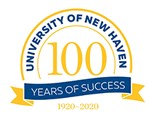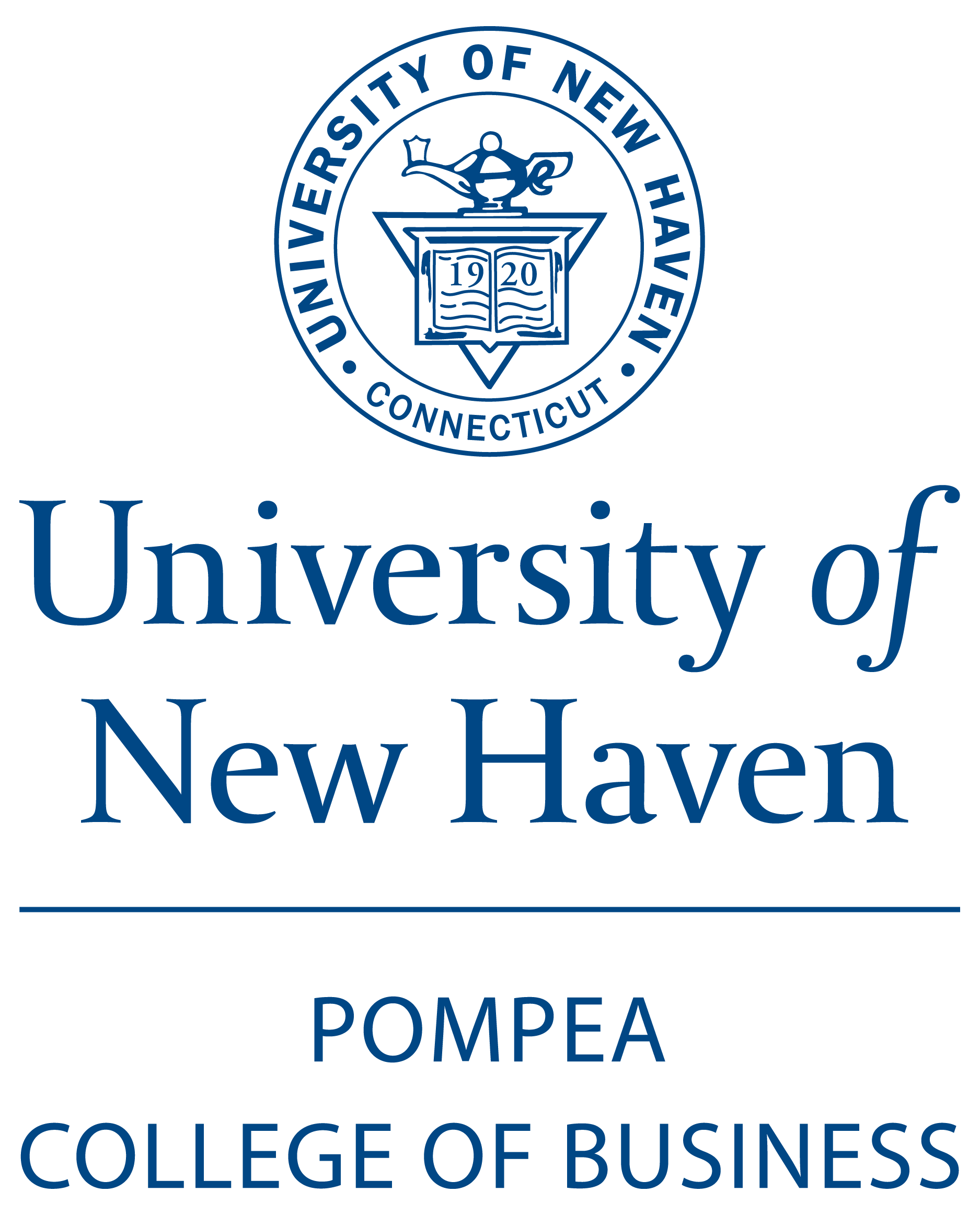Abstract
Increasingly, an organization's competitive advantage depends on human capital, especially on knowledge workers who innovate intellectual goods. This shift has occurred as the global economy has generated more demand for specialized areas of intellectual services including technology transfer, especially from highly developed countries such as the U.S. In response, successful organizations must develop, sustain, and market high levels of innovation throughout their infrastructures if they want to maintain their industry leadership (Robbins, 2003). To encourage this requisite innovative pace, organizations can no longer rely on a few key individuals to develop creative ideas. Instead, every worker's inventivecapabilitiesmust be tapped (Amabile, et. al, 1996; Hamel & Skarzynski, 2001; Langerak, et.al, 1999). Equally important, leaders play a keyrole rolein these efforts (Argyris, 1986; Capelli, 2000;Graen, 1995), and must continually search for new methods to enhance worker innovation (Hamel & Skarzynski, 2001; Markides, 1998). Promising, butunderexplored, methods for enhancing worker innovation are strategic leader communication techniques. This article discusses an exploratory investigation into how leader verbal communication strategy can potentially improve worker innovation. Our findings show a positive and significant link between a leader's communication ability (as measured by the motivating language scale) and workerinnovativeness.
Recommended Citation
(2004)
"The Effects of Leader Communication on Worker Innovation,"
American Business Review: Vol. 22:
No.
2, Article 2.
Available at:
https://digitalcommons.newhaven.edu/americanbusinessreview/vol22/iss2/2



